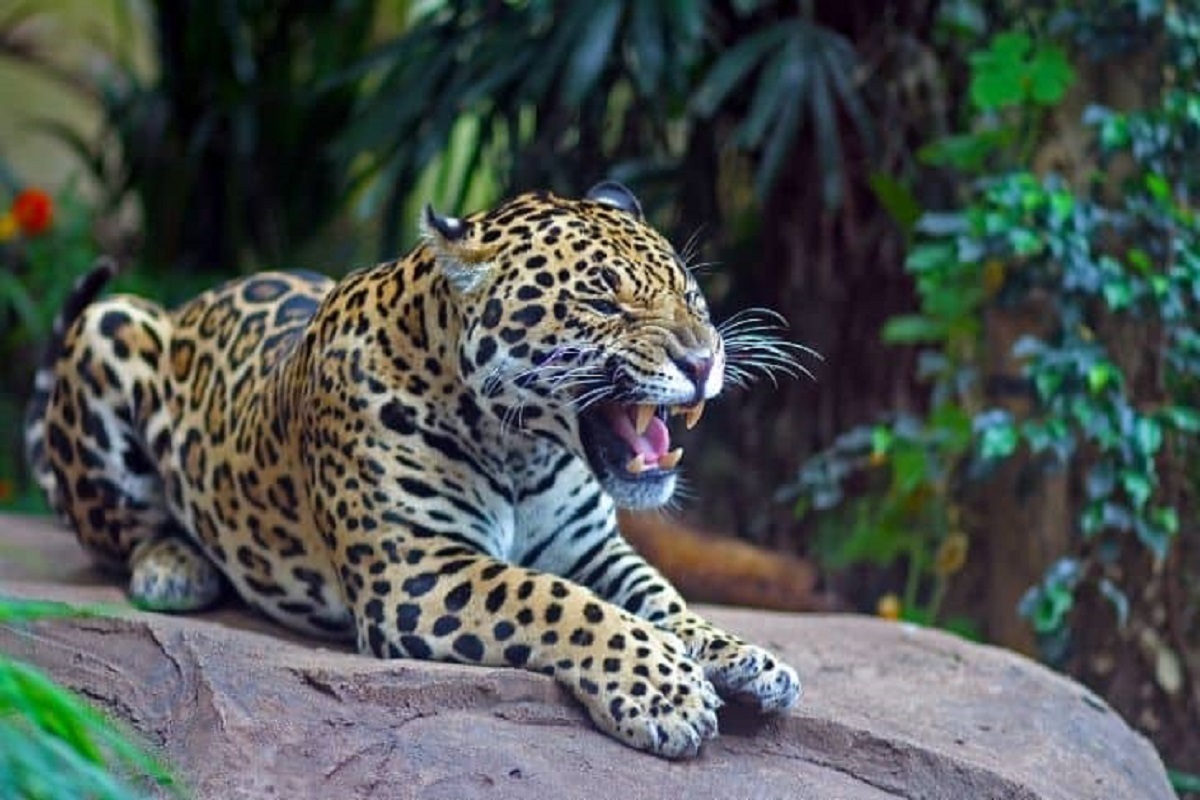The Amur leopard, also known as the Far Eastern leopard, is an endangered cat species that lives in the Amur-Heilong region of eastern Russia and northeastern China. With a population of less than 100, the Amur leopard is one of the rarest big cat species in the world.

The Amur leopard is a medium-sized cat, weighing between 90-105 pounds for males and 65-80 pounds for females. It has a thick coat of fur, which is usually pale yellow in color with black spots. Its fur grows longer and thicker in winter, which helps the leopard survive in colder climates. Amur leopards have fur-covered paws, which act as insulation and help them move silently through snow.
Amur leopards are found in far eastern Russia and a small area in northeastern China. Its range includes the Amur-Heilong region, which has a fairly temperate climate and broad-leaved mixed forests. This habitat provides the leopard with the resources it needs to survive, including food, water sources and shelter.
Amur leopard is a carnivore and its diet is mainly deer, wild boar. It may also occasionally prey on small mammals such as rabbits and mice. The leopard is a skilled hunter, and it uses its keen senses to attack its prey.
The Amur leopard is a solitary animal and usually interacts with other leopards during the breeding season. It is most active at dawn and dusk and spends most of its day resting in trees or caves. The Amur leopard is a skilled climber and can easily climb trees.
The Amur leopard is critically endangered due to several threats including habitat loss, poaching and climate change. Deforestation has destroyed much of the leopard’s habitat. Poaching of leopard fur and body parts is also a major threat, as these items are highly valued in traditional Chinese medicine. Efforts to conserve the Amur leopard have been ongoing for several years. In 2001, the Russian government established the Leopard National Park, which covers an area of 262,000 acres.
